Exclusive interview with writer Kaveri Ponnapa By Sujata Rajpal
Kaveri Ponnapa, the author of The Vanishing Kodavas (published in 2013), is the first writer to bring out a scholarly researched work on the history of Kodavas and their fast vanishing culture and traditions. She is also an independent writer on food, art and culture. Kaveri Ponnapa was in Mysuru recently to unveil the special display section at Ramsons Bombe Mane. Sujata Rajpal spoke to her in an exclusive interview for Star of Mysore.—Ed
Star of Mysore (SOM): What inspired you to write ‘The Vanishing Kodavas’?
Kaveri Ponnapa (KP): I shifted to Bangalore twenty-five years ago. Since then, I have been frequently visiting Coorg where I have strong roots. It gave me an opportunity to observe various aspects of its culture which were hitherto unknown to me. It was engaging as well as engrossing to meet new people, visit ancestral homes, attend village festivals and participate in the rituals. I also observed that this culture that I am so proud of, is fast disappearing. It is especially true for the younger generations, who are not aware about Kodavas’ rich cultural heritage. With a background in Social Anthropology — my Master’s Dissertation at SOAS was on aspects of Kodava culture — I saw the importance of documenting various aspects of our culture before they disappeared completely. This is happening to small cultures across the world.
SOM: You took 15 years to write this book. What made you keep going for so long?
KP: This book required an enormous amount of field work, travelling, learning, unlearning, participating in festivals, observing rituals and much more. I had to make multiple trips to the villages to familiarise myself with the ethos fully. The research material had to be collated and presented in a coherent way as the study had to make sense to the readers. The book has about 340 photographs of people, places and the socio-cultural activities. They are intended to provide visual documentation of our culture.
I had estimated it would take me four-five years to finish the book, but it took fifteen years as I needed to be satisfied with my work. I had to do justice to the custodians of our culture who were feeding me the inputs. My community’s faith in me kept me going for a decade and a half. When the book was ready and I presented it to the elders of the villages, they were unanimous in their opinion about the impact the work would have especially on the younger generation.
It feels wonderful when people walk up to me and say kind words in appreciation of this cultural study. Young people in particular, tell me how much they have learnt about our culture, how proud they are to own the book and how it has helped them connect back to the land: it’s the best compliment for a writer.
I am currently working on the second edition of this book, but I am unable to say how much more time it would take; it is work in progress. It’s heartening that people who own a copy now want a book for their children and grandchildren. The first one is a collector’s copy, the next will probably be a less lavish, more affordable paperback.
I would love to get the book translated into Kodava language so that more people have access to this work, but it would be quite a challenge to find a translator who is passionate and committed.
SOM: What challenges did you face in writing this voluminous book?
KP: When I started work on this book, I didn’t know a single person in the villages. I had to approach complete strangers to get inputs. I am so grateful that every door that I knocked at opened. In Coorg, every few kms, there is a variation in speech, traditions, customs and rituals; collating that information itself was a challenge. Many festivals in Coorg are celebrated on the same day and it was not possible to attend all together, so I had to leave some for the following year. In many cases, permission had to be taken for taking photographs as photography was not permitted for some sacred ceremonies. I had to be extremely patient. Things took time, but ultimately everything flowed smoothly.
SOM: Do you have any tips for aspiring writers who would want to write about their communities?
KP: I would urge aspiring writers to begin from the grassroots. It’s important to go to the basics to learn about one’s culture. One must be a keen observer in the field. Prepare to be surprised, to learn and to unlearn. The study must have citations and an accurate bibliography of books that you have actually read and referred to, to lend credibility to the work. Academic research is only as good as the latest research. One should be prepared to incorporate the latest findings as today’s research may not be relevant tomorrow. Also, reading feeds writing, so read as much as you can.
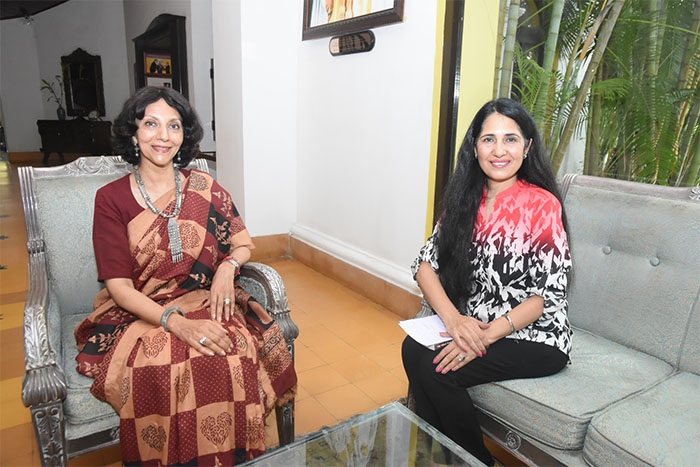
SOM: How did you get interested in writing on food, specially?
KP: Cooking is my passion. Some of the finest prose in English literature is writings on food. I began to write articles on food much before my debut book was published. My writing on food and wine is published in leading magazines and newspapers in the country.
SOM: What are your impressions about Mysuru?
KP: I come to Mysuru as often as possible. Every time I visit this beautiful city, I am enamoured by its people, their simplicity, its architecture, the food and its heritage. The walking tours, the magnificent Devaraja Market, First Rajkumari Palace in Manasagangothri, the beautiful collection of paintings at Ramsons, the small pockets of culture here and there which connect you to your past — everything is spectacular about Mysuru. Mysuru is known for its handlooms. L. Kadaiah’s Silk House on Sayyaji Road is my favourite saree shop as it has lovely collection of handloom sarees. I always carry something with me from Guru Sweets. I love the city and its people who are so very gracious, courteous and generous. If I have even half a chance I would live here.
SOM: How did you get interested in Dasara dolls?
KP: I have been a lover of handicrafts and handlooms all my life; I have seen dolls of different regions. Rajasthan has Gangaur, a festival of dolls. It is by chance that I am here to inaugurate Bombe Mane. Two months ago, when I visited Mysuru, I happened to go to Ramsons painting gallery and met its owner R.G. Singh there. He asked me to visit again in September for Bombe Mane. I was not sure if it would be possible for me to come to Mysuru so soon, but things fell in place and I am here. Ramsons art gallery is doing a phenomenal job of reviving art through exhibitions and sale of handicrafts. Bombe Mane is a great platform to tell age old stories.
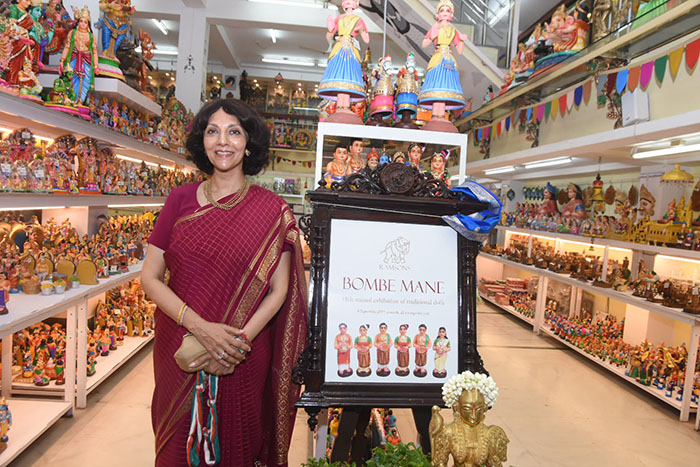
SOM: Have you watched Mysore Dasara festival?
KP: It was thirty years ago when I made a trip to Mysore to watch the famous Dasara festival. My aunt took me to a friend’s house whose balcony opened into the road from where the procession had to pass. From that balcony, I watched the entire procession. What a magnificent sight it was! The beautiful memories were made for life. That was the only time I watched the Mysore Dasara as now it is too crowded. The ideal would be to have vantage points to watch the procession. Despite the crowds, the involvement of public in festival celebrations is heart-warming.
SOM: How did you get interested in cooking?
KP: Cooking is my passion. I have been interested in cooking for a very long time. The seeds of this passion were sown by my grandmother who was a fabulous cook. Be it pickle, jam, traditional Coorg food, she was an expert in everything. At that time, I was not so much interested in cooking, but I was intrigued by its ingredients; I would ask grandma so many questions about cooking that she would have to chase me out so that she could cook in peace.
In recent years, I have trained chefs from ITC, Taj and have had successful food festivals. Cooking is fundamental to life, it is meditative and relaxing as one needs to observe keenly, be very attentive, and use all the senses. And, of course, there is no price to the joy of feeding people and seeing a satisfied smile after a meal. Kodava (Coorg) cuisine is my favourite cuisine. I can have that every day. The dishes are rooted in the land, exotic and seasonal.
SOM: Are Kodavas really vanishing and is there a way to prevent it?
KP: It doesn’t refer to the numbers as such, but the culture is eroding primarily because of tourism, migration, change in policies relating to land holdings etc. It depends completely on the younger generations if they can sustain the culture and follow traditions.



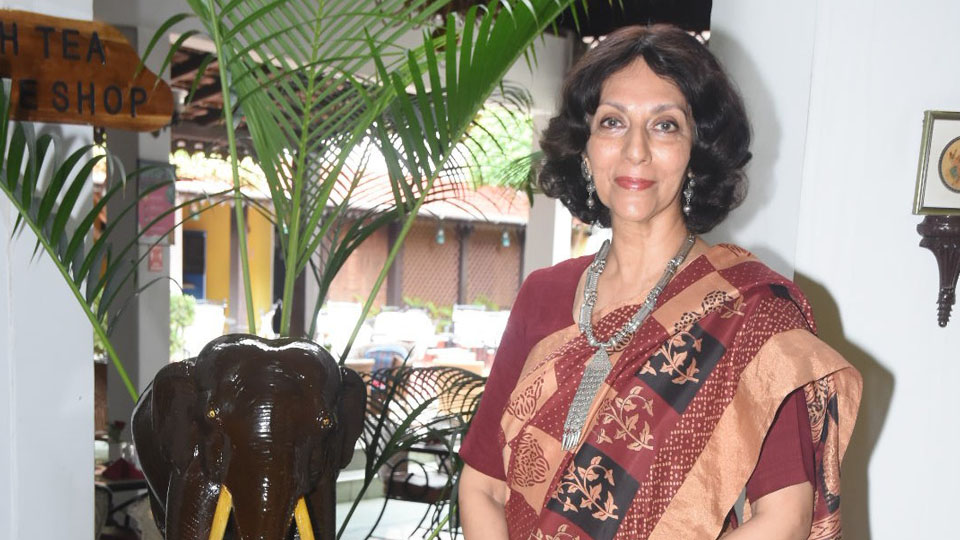
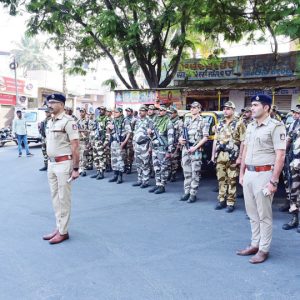
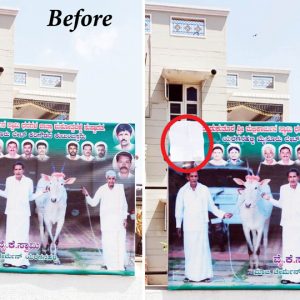
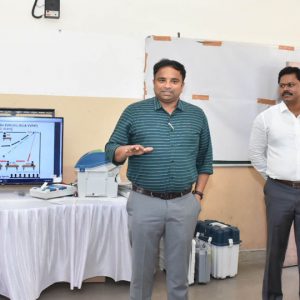
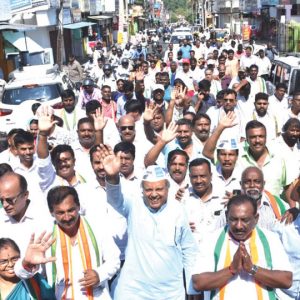
” I come to Mysuru as often as possible. Every time I visit this beautiful city, I am enamoured by its people, their simplicity, its architecture, the food and its heritage. The walking tours, the magnificent Devaraja Market, First Rajkumari Palace in Manasagangothri, the beautiful collection of paintings at Ramsons, the small pockets of culture here and there which connect you to your past — everything is spectacular about Mysuru. Mysuru is known for its handlooms. L. Kadaiah’s Silk House on Sayyaji Road is my favourite saree shop as it has lovely collection of handloom sarees.”
The Mysore of above days vanished by 1970. The massive population expolsion brought about by non-Mysoreans arriving in vaery large numbers, necessitating the removal of a large swathe of forest to create plots for housing, thus the 6 housing extensions then quadrupled, with new names for them invented as the city expanded.
Mysore was finished by 1980s.
” I come to Mysuru as often as possible. Every time I visit this beautiful city, I am enamoured by its people, their simplicity, its architecture, the food and its heritage. The walking tours, the magnificent Devaraja Market, First Rajkumari Palace in Manasagangothri, the beautiful collection of paintings at Ramsons, the small pockets of culture here and there which connect you to your past — everything is spectacular about Mysuru. Mysuru is known for its handlooms. L. Kadaiah’s Silk House on Sayyaji Road is my favourite saree shop as it has lovely collection of handloom sarees.”
The Mysore of above days vanished by 1970. The massive population expolsion brought about by non-Mysoreans arriving in vaery large numbers, necessitating the removal of a large swathe of forest to create plots for housing, thus the 6 housing extensions then quadrupled, with new names for them invented as the city expanded.
Mysore was finished by 1980s.
I should have added that the L Kadaiah used to be a good store for sarees. But by mid-1960s, its stock of sarees were old and expensive. Bangalore sarees shops were the best, stocked less expensive and quality goods.